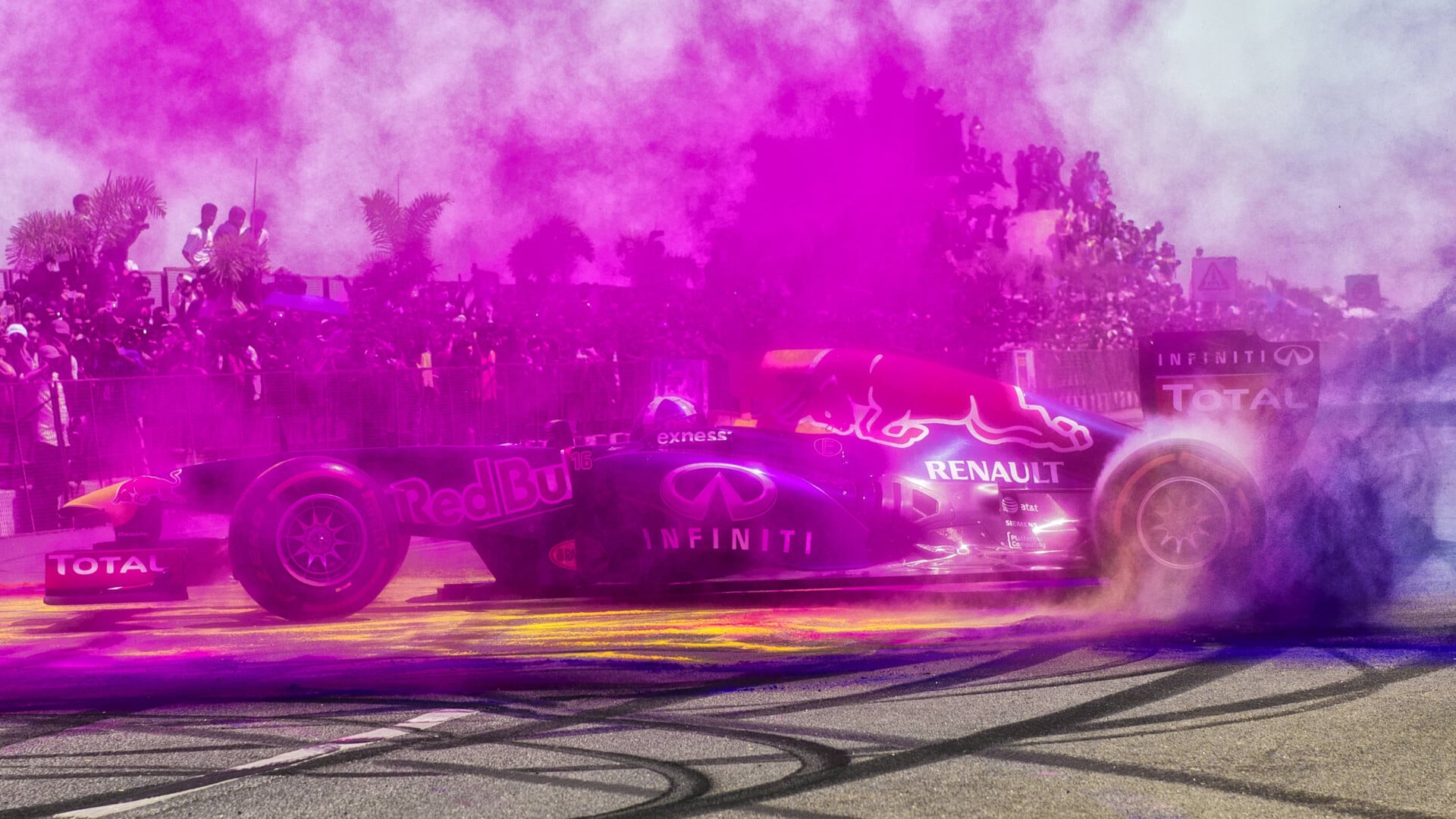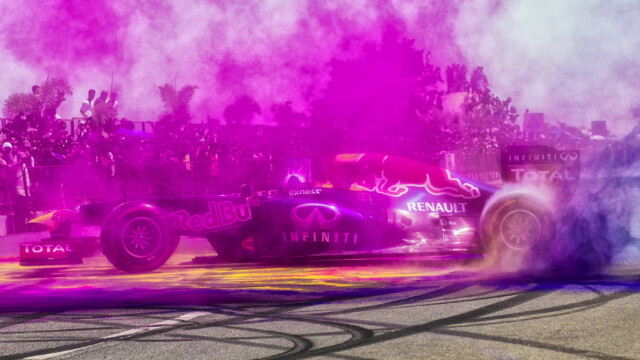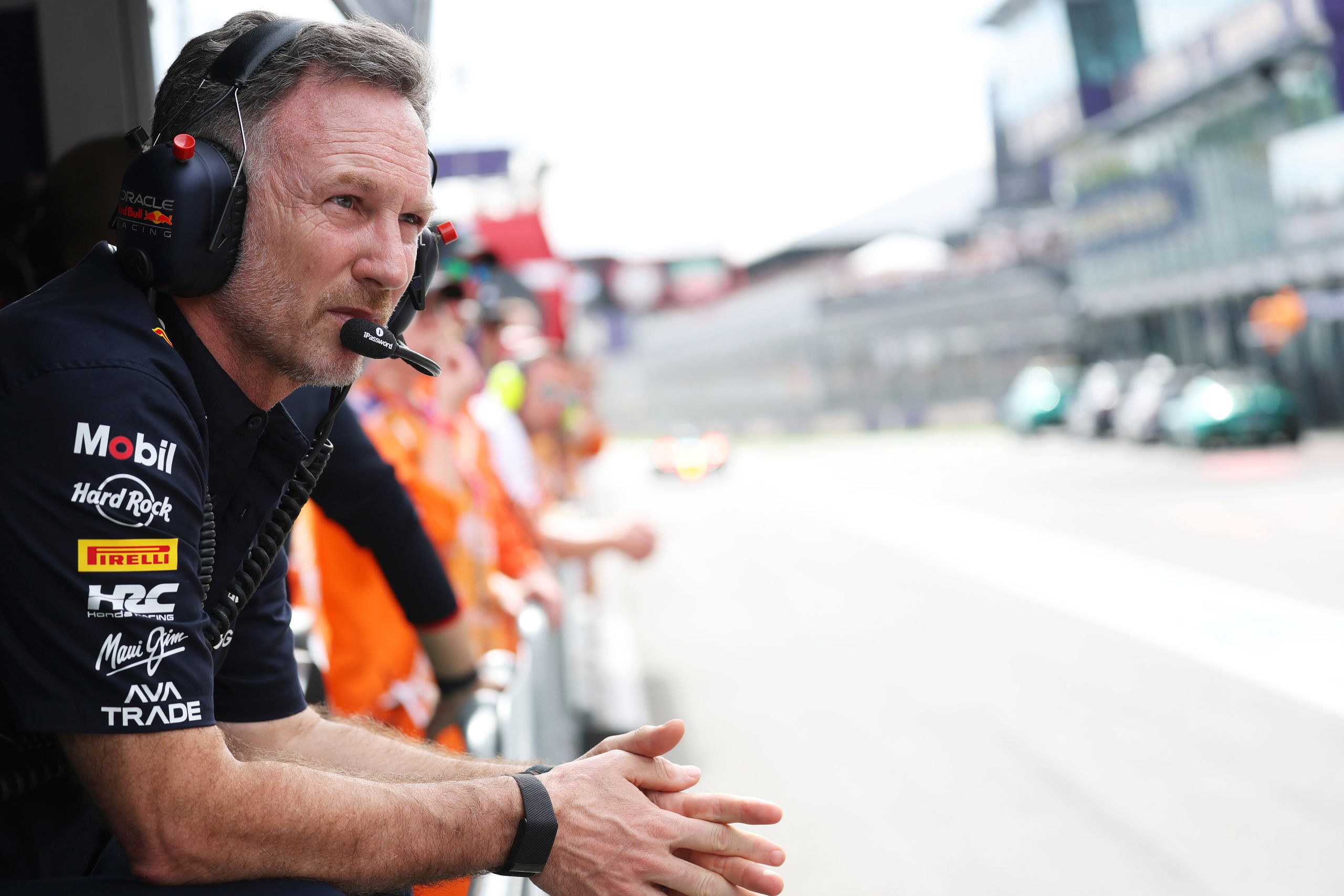Do F1 Cars Have Traction Control?


Traction control is a crucial aspect in racing that helps drivers maintain control of their vehicle, especially in high-speed situations, so it is natural to wonder do F1 cars have traction control. The answer to this question is a bit complicated, as the history of traction control in F1 is a story of evolution and regulation.
In the past, F1 cars were equipped with traction control, but it was banned for a period of time. Previously, ABS (anti-lock braking system) was also allowed in F1, but it was banned by the FIA in 1993. This has resulted in a situation where F1 cars do not have ABS or traction control, creating unique challenges for drivers. The regulation of traction control in F1 is a hotly debated topic, with arguments for and against its use in the sport.
Overall, the presence of traction control in F1 cars is a complex issue that involves the balance between technology and human skill. The answer to the question “do F1 cars have traction control?” is a bit nuanced, and the history and regulations surrounding this topic make for an interesting and ongoing conversation…
Did F1 cars have traction control?
The use of traction control in Formula One (F1) racing has been a topic of debate and controversy for many years. Traction control is an electronic system that helps drivers maintain control of their cars by limiting wheelspin and improving acceleration. It does this by automatically reducing engine power or applying the brakes when it detects wheelspin. In the past, traction control was widely used in F1 racing, and was considered a valuable tool for drivers, as it helped improve acceleration and maintain control of the car, especially during high-speed turns.
However, the use of traction control in F1 racing has since been banned, and all F1 cars must comply with the regulations that prohibit its use in the sport. The ban on traction control was implemented in 1993 and has been in place for several years, making it a defining moment in the history of F1 racing.
The ban on traction control was aimed at reducing the role of technology in the sport and placing greater emphasis on driver skill and car design. The absence of traction control has led to a greater emphasis on driver skill and car design, as drivers must rely on their own abilities to control their cars, rather than relying on technology.
The ban on traction control remains in place today, and all F1 cars must comply with the regulations that prohibit its use in the sport. The absence of traction control has had a significant impact on the performance of F1 cars and has placed greater emphasis on driver skill and car design.
When did F1 stop using traction control?
F1 stopped using traction control in 1993. In the past, traction control was widely used in Formula One (F1) racing and was considered a valuable tool for drivers. However, the use of traction control in F1 racing is now banned, and all F1 cars must comply with the regulations that prohibit its use in the sport.
The ban on traction control was implemented in 1993 and has been in place ever since. This ban was a defining moment in the history of F1 racing and was aimed at reducing the role of technology in the sport and placing greater emphasis on driver skill and car design. Since the ban, drivers must rely on their own abilities to control their cars, rather than relying on technology.
The decision to ban traction control was not made lightly, and was the result of many years of debate and discussion among F1 officials, teams, and drivers. The ban was seen as necessary in order to maintain the integrity of the sport and ensure that it remained focused on driver skill and car design.
Do F1 cars have ABS or traction control?
F1 cars are not equipped with either ABS (Anti-lock Braking System) or traction control.
The use of ABS and traction control in F1 racing was banned in 1993, and all F1 cars must comply with the regulations that prohibit their use in the sport. The ban was aimed at reducing the role of technology in the sport and placing greater emphasis on driver skill and car design.
Since the ban, drivers must rely on their own abilities to control their cars, rather than relying on technology. This has led to a greater emphasis on driver skill and car design, as drivers must use their own abilities to maintain control of the car during high-speed turns and other challenging driving conditions.
In addition to the ban on ABS and traction control, other forms of driver assistance technology, such as launch control and fully-automatic gearboxes, were also banned in F1 racing. These bans were aimed at ensuring that the sport remained a test of driver skill, rather than a test of technology.
In conclusion, F1 cars do not have ABS or traction control, as these technologies have been banned in the sport. The ban on ABS and traction control has been in place for several decades and has had a significant impact on the performance of F1 cars and the role of technology in the sport. The absence of these technologies has placed greater emphasis on driver skill and car design, and has ensured that F1 remains focused on the competition between drivers and teams.
When did F1 allow traction control?
Before the advent of traction control, F1 drivers had to rely solely on their own skills to maintain control of their cars. However, in the late 1980s and early 1990s, traction control became increasingly prevalent in the sport, as teams sought to gain an advantage over their competitors.
Despite its popularity, traction control was eventually banned in 1993, and all F1 cars must comply with the regulations that prohibit its use in the sport. The ban was aimed at reducing the role of technology in the sport and placing greater emphasis on driver skill and car design.
Since the ban, drivers must rely on their own abilities to control their cars, rather than relying on technology. This has led to a greater emphasis on driver skill and car design, as drivers must use their own abilities to maintain control of the car during high-speed turns and other challenging driving conditions.
Why is traction control banned in F1?
Traction control was once widely used in F1, but it was eventually banned in 1993 for several reasons. Firstly, the use of traction control was seen as reducing the role of driver skill in the sport and placing greater emphasis on technology. The ban was aimed at ensuring that the sport remained focused on the competition between drivers and teams, rather than on the role of technology.
Secondly, the ban on traction control was aimed at reducing the cost of competing in F1. Teams that used traction control often had an advantage over those that did not, and the ban was aimed at leveling the playing field and reducing the financial burden on smaller teams.
Finally, the ban on traction control was aimed at improving safety in the sport. Traction control can help drivers maintain control of their cars during challenging driving conditions, but it can also lead to sudden and dangerous accidents if not used correctly. The ban was aimed at reducing the risk of accidents and ensuring that F1 remains one of the safest motorsports in the world.
Traction control was banned in F1 in 1993 for several reasons, including reducing the role of technology in the sport, leveling the playing field for teams, and improving safety for drivers. Today, F1 remains one of the most challenging and competitive motorsports in the world, and the ban on traction control has ensured that the sport remains focused on the competition between drivers and teams, rather than on the role of technology.
Do F1 Cars Have Traction Control? – Key Takeaways
In conclusion, traction control was once widely used in Formula One (F1) racing, but it was eventually banned in 1993 for several reasons. The ban aimed to reduce the role of technology in the sport, level the playing field for teams, and improve safety for drivers. Today, F1 remains one of the most challenging and competitive motorsports in the world, and the ban on traction control has helped ensure that the sport remains focused on the competition between drivers and teams, rather than on the role of technology.
Key Takeaways
- Traction control was banned in F1 in 1993.
- The ban aimed to reduce the role of technology in the sport and improve safety.
- The ban aimed to level the playing field for teams and reduce the financial burden on smaller teams.
- The ban has helped ensure that the sport remains focused on the competition between drivers and teams.
- F1 remains one of the most challenging and competitive motorsports in the world.
You may also be interested in Can Formula 1 Cars Drift?
Do F1 Cars Have Traction Control? – FAQs
What is traction control?
Traction control is a technology that helps drivers maintain control of their cars during high-speed turns and other challenging driving conditions. It works by using sensors to detect when a car is losing traction and then automatically reducing engine power or applying the brakes to restore traction.
When was traction control banned in F1?
Traction control was banned in Formula One (F1) racing in 1993.
Why was traction control banned in F1?
Traction control was banned in F1 for several reasons, including reducing the role of technology in the sport, leveling the playing field for teams.
Did all teams use traction control in F1 before the ban?
Not all teams used traction control in F1 before the ban, but some teams that used the technology had an advantage over those that did not.
What was the impact of the ban on traction control in F1?
The ban on traction control in F1 had several impacts, including reducing the role of technology in the sport, leveling the playing field for teams, and improving safety for drivers. It also helped ensure that the sport remained focused on the competition between drivers and teams, rather than on the role of technology.
Does the ban on traction control still apply in F1 today?
Yes, the ban on traction control still applies in F1 today, and the sport remains focused on the competition between drivers and teams, rather than on the role of technology.





